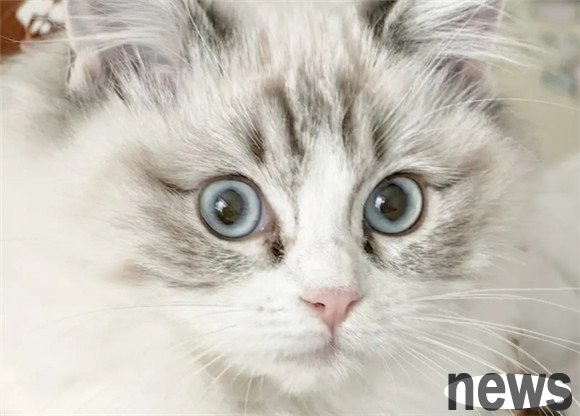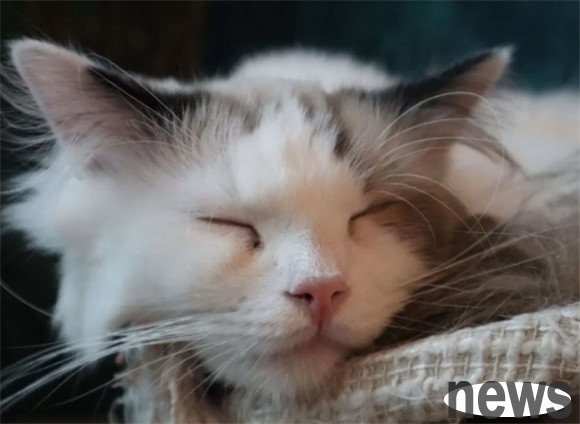The cat's tail is a very characteristic and functional part of its body. It not only plays an important role in physiology, but also plays multiple roles in behavior, sociality and health management. This article will explore the structure, function of a cat's tail and its importance in a cat's life, aiming to fully understand and understand this mysterious and versatile organ.
1. Structure and morphology The structure and morphology of a cat's tail varies by breed, but generally presents several basic types. Most cats have tails composed of nodes and are connected together by cartilage, muscle and fat tissue. The length, thickness and hair density of the tail vary according to the breed, individual differences, and health of the cat. For example, long-haired breeds usually have thick and soft tail hair, while hairless cats may have only a small amount of fine hair or completely hairless.

2. Physiological Functions
(1) Balance and Posture Adjustment
Cat's tail plays a key role in balance and posture adjustment. When walking, running and jumping, the tail can serve as an important auxiliary organ of balance. Cats can use the position and movement of their tails to adjust the center of gravity of their bodies to help them maintain stability and flexibility, especially when chasing prey or avoiding potential threats.
(2) Temperature regulation
Tail also helps cats to adjust temperature under different ambient conditions. A network of blood vessels on the tail can help cats maintain body temperature during cold and regulate heat loss in the body through blood circulation. Additionally, cats can adjust body surface area by shrinking or stretching their tails to help dissipate heat, thus staying cool in hot weather.
(3) Communication and Emotional Expression
The cat's tail plays an important role in expressing emotions and communication intentions. Tail posture, jitter frequency and posture can convey rich messages, including emotional states such as excitement, anger, fear, alertness or relaxation. For example, when a cat feels pleasant or friendly, it may erect its tail; when it feels angry or scared, it may roll its tail to the bottom of its body.
3. Behavioral and social functions
(1) Hunting and games
Cats can use their tails to help capture prey while hunting. The fast movement and jitter of the tail can attract the attention of the prey, thereby increasing the success rate of the capture. In addition, during play and social interaction, the movement and posture of the tail can convey the cat's intentions and motivations for playing, promoting interaction and understanding between peers.
(2) Territory marking
tail can also be used to mark territory. In natural environments, cats may use their tails to rub the ground or objects to spread gland secretions and individual odors, marking their territory boundaries and presence. This behavior not only helps cats maintain their territory, but also plays an important role in social interactions, conveying their status and presence in the group.

4. Health Management and Precautions
Tails, as part of the cat's body, require special attention and care. Regular checks on the appearance and feel of the tail can help identify potential health problems such as trauma, skin lesions, or parasitic infections. In addition, proper diet and exercise can help keep your tail healthy and promote its normal function and performance in cat life.
5. Tail damage and treatment
Although cats' tails are usually very flexible and tough, they are also susceptible to trauma or accidental damage. It is especially important to treat wounds or injuries in the tail to prevent infection and further complications. Timely treatment and proper rest can help cats recover quickly and restore normal tail function and performance.
The cat's tail is not only a part of the body, but also an important part of its behavior, social and physical health. By deeply understanding and focusing on the structure, function and behavioral performance of cats’ tails, we can better connect with cats and promote their healthy and happy lives. With proper care and understanding, we are able to provide our cat partners with a safe, comfortable and fulfilling living environment.
